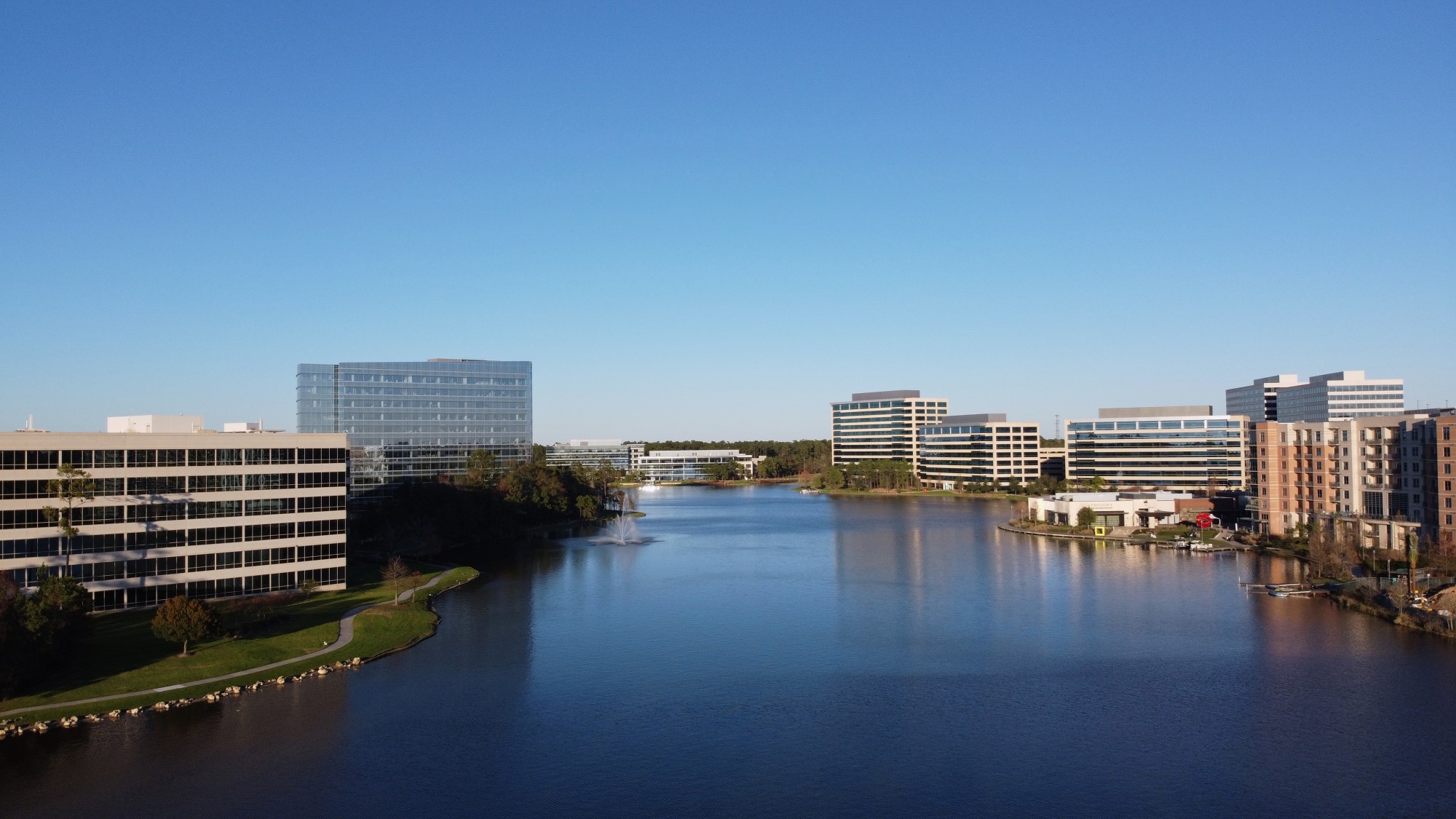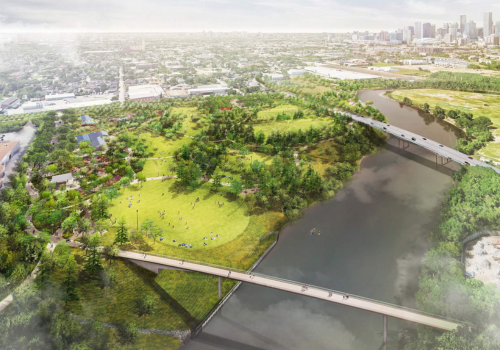Quality of Life, Workforce Fuels Montgomery County's Growth
Published Dec 15, 2022 by Brina Morales
Montgomery County’s rapid growth in population and business activity was the focus of the Partnership’s Future of the Houston Region event this week.
Montgomery County’s reputation of green space, top-rated schools, and a talented and diverse workforce have attracted new residents and companies to the area. The county’s population has grown more than 37% to nearly 650,000 residents in the past decade and is the third fastest-growing county in the greater Houston region.
Mark Keough, Montgomery County Judge; Gil Staley, CEO of The Woodlands Area Economic Development Partnership; Jim Carman, Houston Region President of The Howard Hughes Corporation; and Danielle Scheiner, Executive Director of the Conroe Economic Development Council, participated in a panel discussion moderated by Stephen Head, Chancellor of the Lone Star College System.
The panelists attributed Montgomery County’s success to its suburban environment. Staley said “more and more companies are asking for suburban environments” where their employees can work, live and play. Staley added The Woodland’s strong workforce has also been “paramount” in their ability to attract companies. Sixty-three percent of The Woodlands’ population has a bachelor, graduate or professional degree. Those two factors are what drove Cellipont Bioservices to relocate their headquarters from California to the Research Forest area. The cell therapy company recently broke ground on its headquarters and research facility.
The Woodlands, which is rated the best city to live in America by Niche.com, isn’t the only area in Montgomery experiencing significant economic development activity. Vaccine industry leader VGXI, Inc., recently celebrated the grand opening of its new headquarters and manufacturing facility at Conroe’s Deison Technology Park. Scheiner said the idea behind the 248-acre park was to create a space where companies could scale up, and VGXI’s move to Conroe from its original operations in The Woodlands is proof of that.
“Life sciences for sure is an area that we’re seeing a lot of growth in. We’re excited about that,” Scheiner said.
The growth in these key industries, such as life sciences and technology, significantly contributes to the entire Houston region’s progress.
“The Partnership is proud to continue working closely in alliance with county judges, local economic development organizations and other county leaders from across the region in order to continue creating opportunities for businesses to expand and relocate to the area, and ultimately, to continue making our mission of making Houston one of the best places to live, work and build a business possible,” Chief Development Officer Katie Pryor said.
The panelists also pointed to challenges as the county experiences rapid growth. Keough said investing in infrastructure will need to be a focus to continue to provide a high quality of life and keep attracting reputable companies to the area.
 The Houston Report
The Houston Report





















